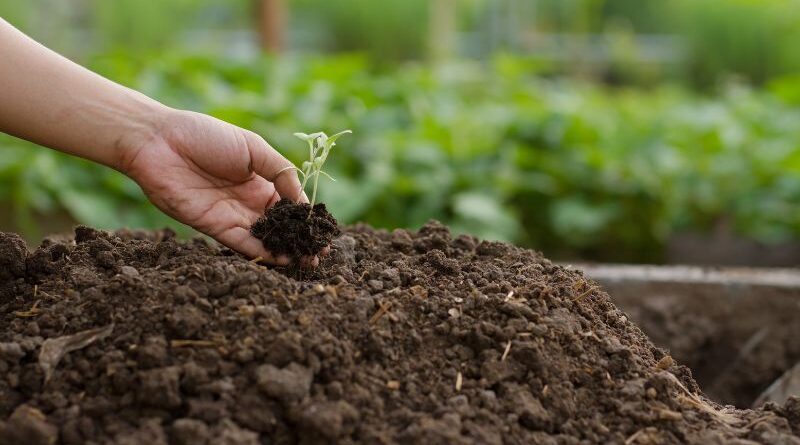For those seeking a rewarding and beautiful hobby, starting a cut flower garden can be a fulfilling endeavor. Whether you’re looking to brighten up your home with fresh blooms or hoping to create stunning floral arrangements, a cut flower garden provides endless possibilities. In this guide, we’ll explore the steps to start your own cut flower garden, perfect for beginners looking to delve into the world of gardening.
Selecting the Right Location
Before diving into planting, it’s essential to choose the right location for your cut flower garden. Select an area that receives ample sunlight throughout the day, as most flowering plants require at least six hours of sunlight to thrive. Additionally, ensure that the soil is well-drained and fertile, as healthy soil is crucial for optimal plant growth.
Choosing the Ideal Flowers
As a beginner, it’s best to start with easy-to-grow flowers that require minimal maintenance. Consider popular options such as marigolds, zinnias, sunflowers, and cosmos, which are not only beautiful but also resilient to various growing conditions. Research different flower varieties to determine which ones suit your climate and preferences.
Preparing the Soil
Preparing the soil is a vital step in establishing a healthy cut flower garden. Begin by clearing the area of any weeds or debris, then loosen the soil using a garden fork or tiller. Incorporate organic matter such as compost or aged manure to enrich the soil and improve its texture. Finally, level the soil surface and remove any large clumps or rocks.
Planting Your Garden
When planting your cut flower garden, consider the spacing and arrangement of your flowers to ensure optimal growth and visual appeal. Follow the spacing recommendations provided for each flower variety, typically found on seed packets or plant labels. Arrange taller plants towards the back of the garden and shorter plants towards the front to create depth and dimension.
Watering and Maintenance
Proper watering is essential for the health and vitality of your cut flower garden. Water your plants deeply and infrequently to encourage deep root growth and drought tolerance. Avoid overhead watering, as this can lead to fungal diseases and water wastage. Additionally, regularly inspect your plants for signs of pests or diseases and take appropriate action if necessary.
Dealing with Pests and Diseases
To protect your cut flower garden from pests and diseases, opt for natural methods whenever possible. Introduce beneficial insects such as ladybugs and lacewings to control common garden pests like aphids and caterpillars. Utilize companion planting techniques, such as planting aromatic herbs like lavender or basil, to repel pests naturally. If necessary, use organic insecticidal soaps or neem oil as a last resort.
Harvesting and Arranging
Once your flowers have bloomed, it’s time to harvest them for arrangements or bouquets. Use sharp, clean scissors or pruners to cut flowers early in the morning when their stems are hydrated and firm. Remove any foliage that will be submerged in water to prevent bacterial growth and change the water in your vases regularly to prolong the life of your arrangements.
Conclusion
Starting a cut flower garden is a rewarding journey that allows beginners to connect with nature and cultivate their creativity. By selecting the right location, choosing easy-to-grow flowers, and providing proper care and maintenance, anyone can enjoy the beauty of freshly cut flowers year-round. So roll up your sleeves, dig in the dirt, and start your cut flower garden today!







